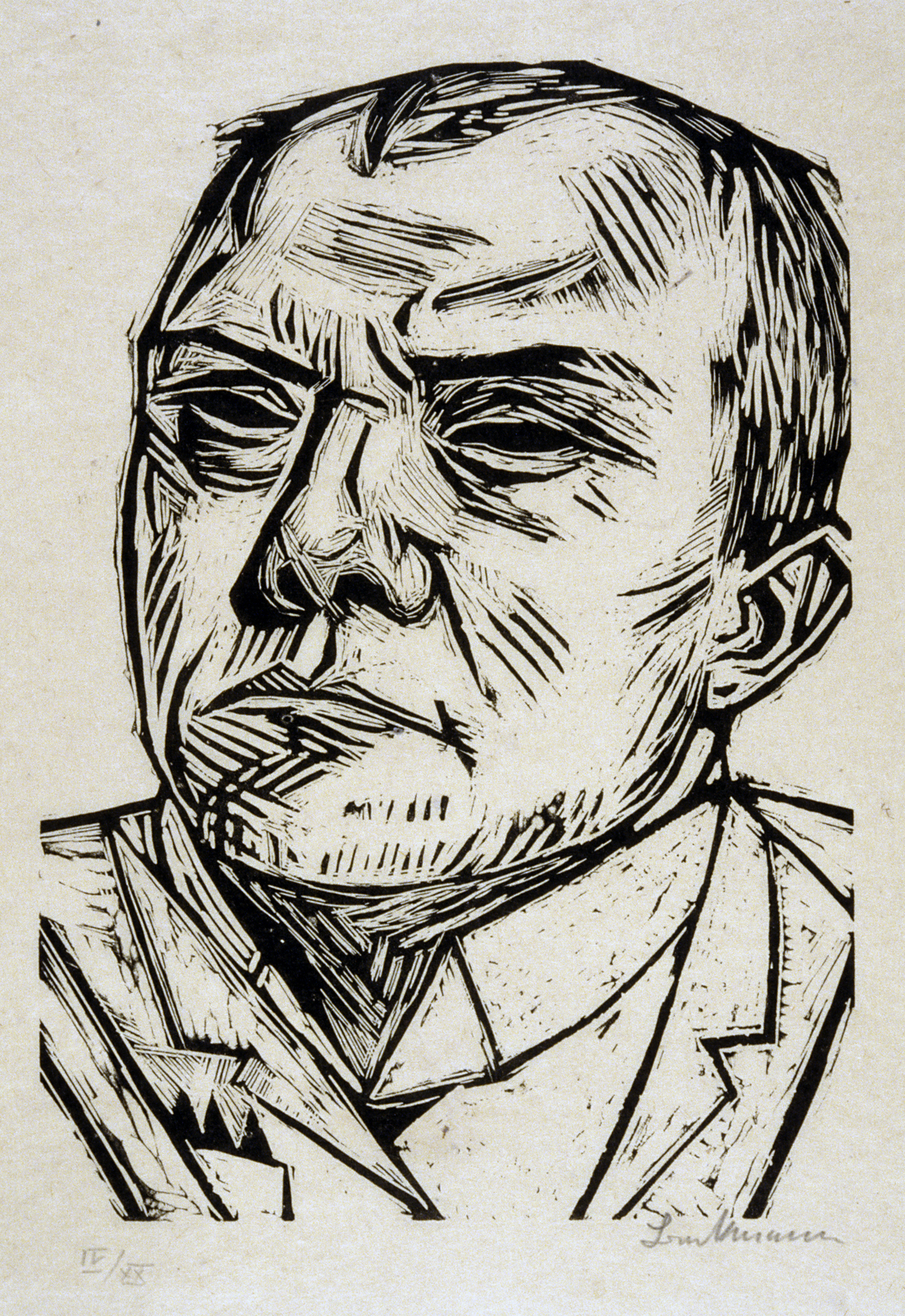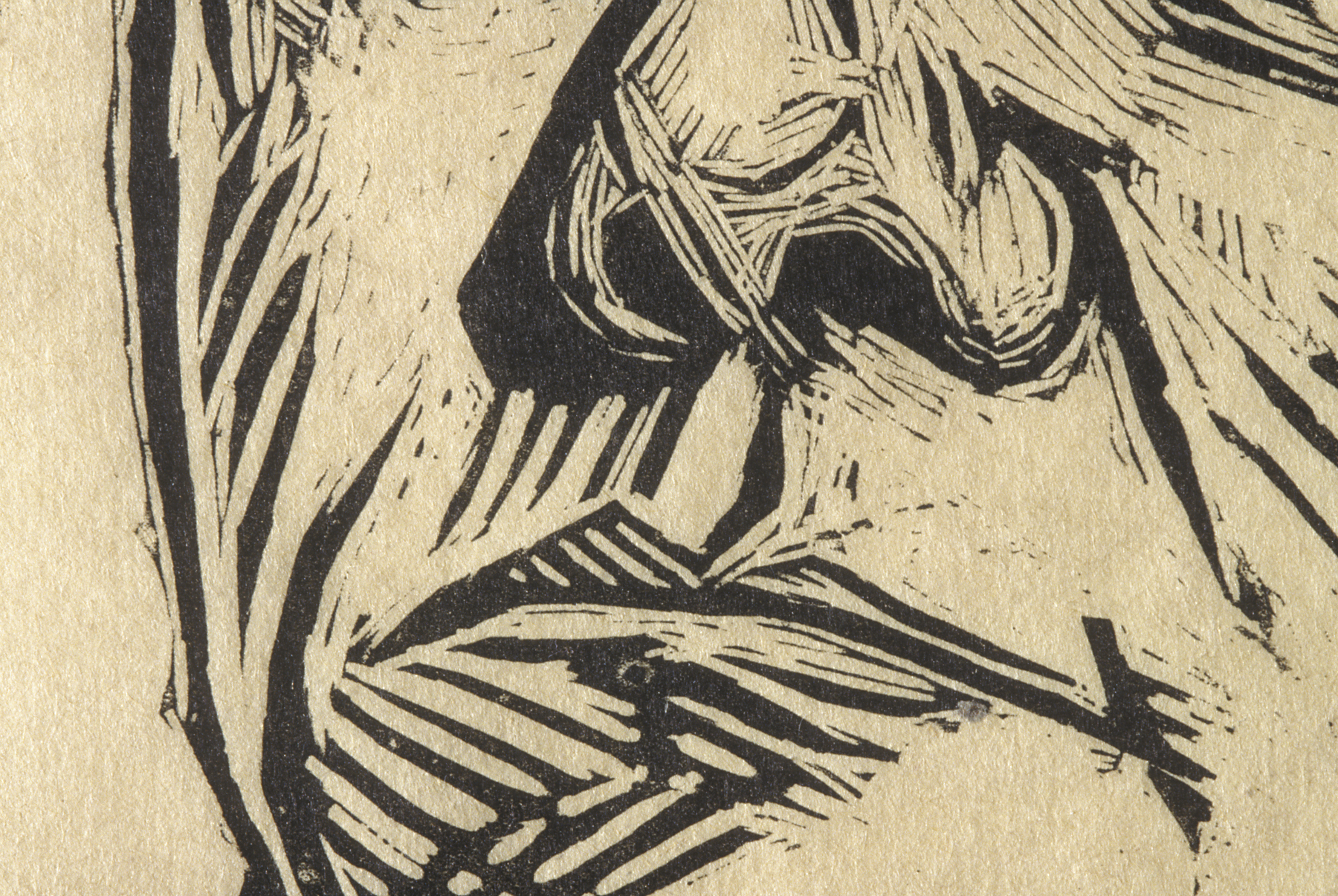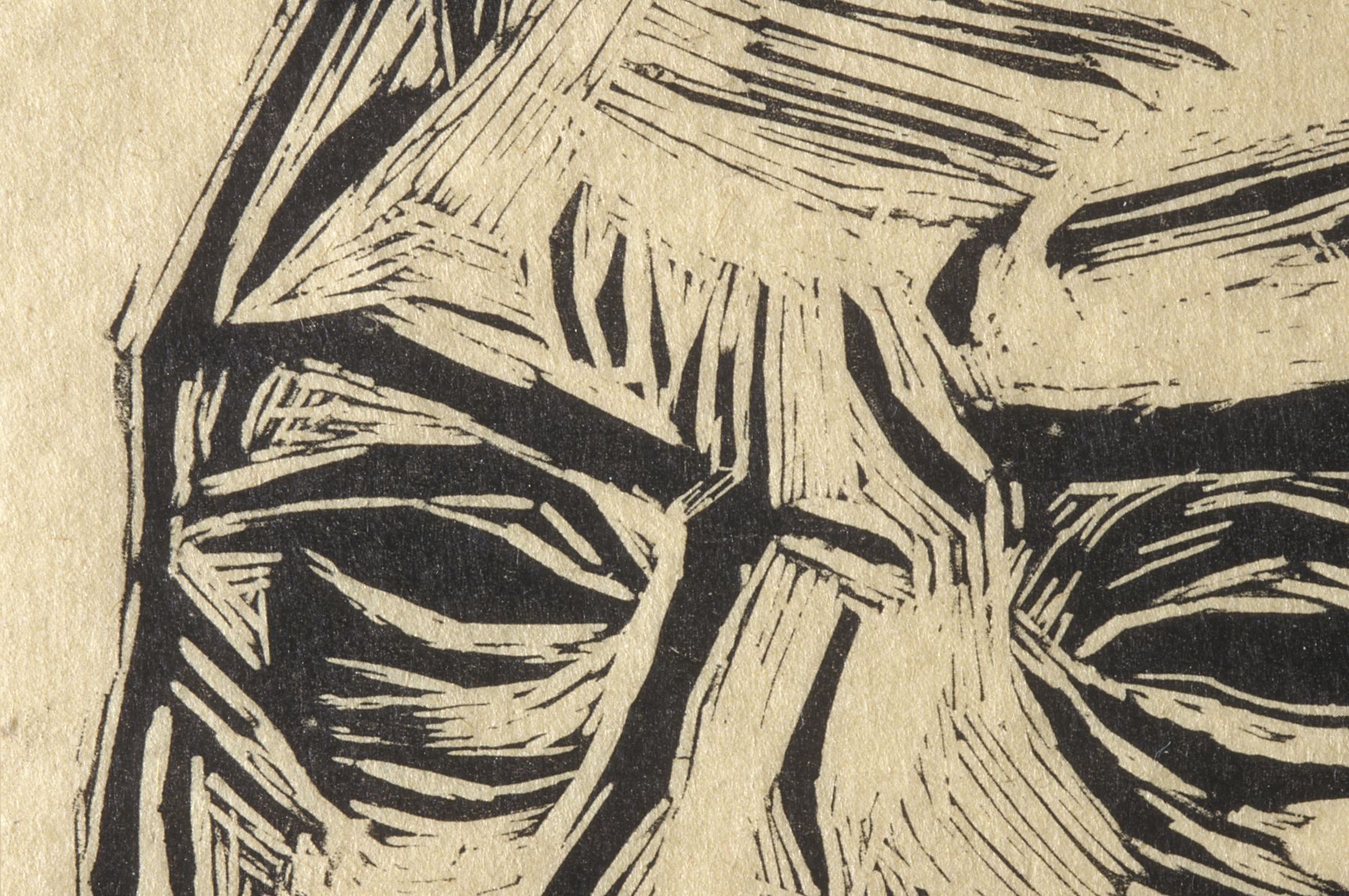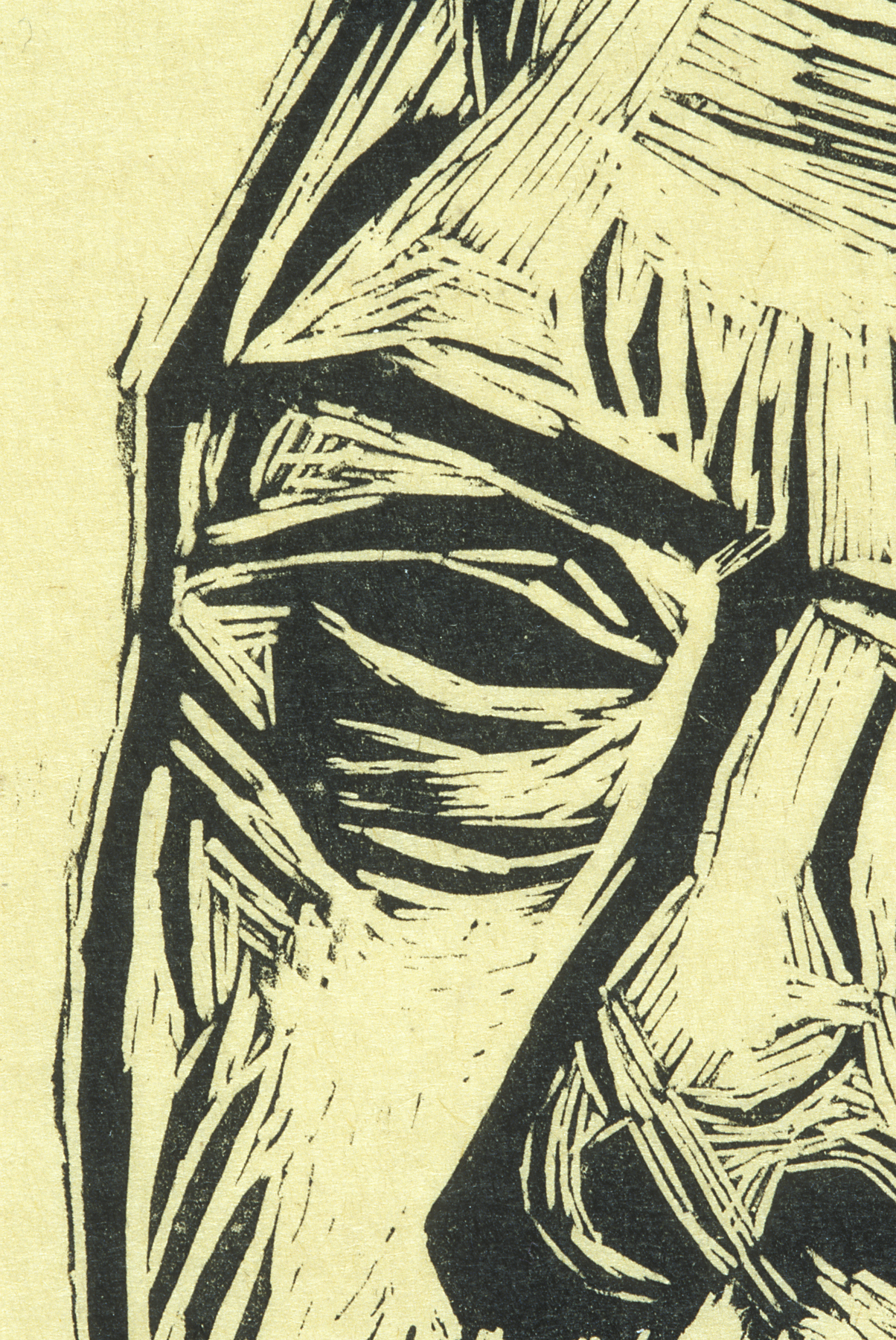Self-portrait, Max Beckmann
Artwork Overview
Max Beckmann, artist
1884–1950
Self-portrait,
1922
Where object was made: Germany
Material/technique: laid paper; woodcut
Dimensions:
Sheet/Paper Dimensions (Height x Width): 550 x 428 mm
Sheet/Paper Dimensions (Height x Width): 21 5/8 x 16 7/8 in
Mat Dimensions (Height x Width): 25 x 20 in
Sheet/Paper Dimensions (Height x Width): 550 x 428 mm
Sheet/Paper Dimensions (Height x Width): 21 5/8 x 16 7/8 in
Mat Dimensions (Height x Width): 25 x 20 in
Credit line: Museum purchase
Accession number: 1967.0074
Not on display
If you wish to reproduce this image, please submit an image request








